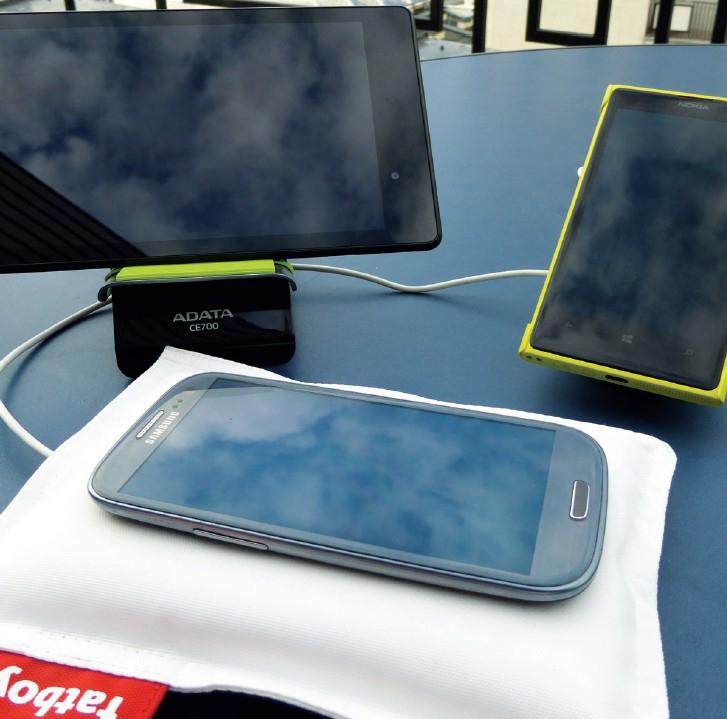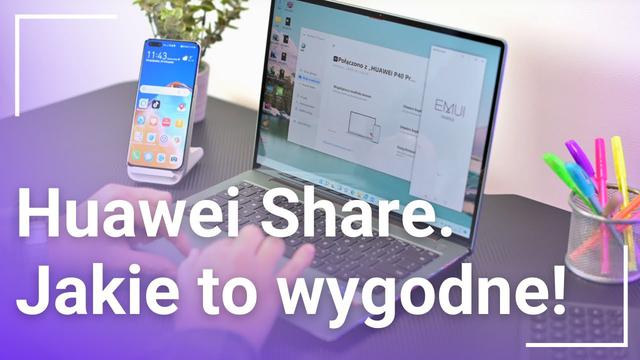In 2008, more than 100 companies such as Sony and Panasonic joined forces in the Wireless Power Consortium and developed the wireless charging standard. It is called Qi, which is derived from the Chinese word for energy flowing. The first version was adopted in 2010, but its application in practice was slow. Because who knew that, for example, the American Verizon offered Qi-enabled smartphones since mid-2011 - including Samsung from the Galaxy series? In 2014 it doesn't get any better. Currently, there is a fairly small group of cameras on the market that are factory-equipped with a Qi receiver. Nokia is the leader here, in which smartphones the described technology debuted. However, users of other phones don't have to be jealous. It turns out that it is enough to invest about PLN 40 to provide, for example, any smartphone from the Samsung Galaxy S3-S5 line with a Qi module. The cost of the charger should also be added to it. Charger prices start at a similar amount. In practice, deciding to spend about PLN 80–150, we can use the charging technique of the 21st century.
For phones like the iPhone, the only way to add wireless charging is to use a case with a built-in coil.Charging takes almost twice as long as charging via USB, but if we use the Qi charger at work or keep it on a bedside table, this fact does not matter much. The simplicity of the solution counts. We come to work, put the phone down and that's it. The only thing you need to remember is that instead of putting the smartphone anywhere, put it on the charger ...
Three ways, one goal

Users, depending on the smartphone they have, have three different ways to attach the Qi coil to it. The first - the simplest - is to use a special housing with a built-in Qi receiver designed for a specific model. For cells with a non-removable battery, such as the iPhone or Xperia Z, this solution is the only way to add wireless charging to them. The downside of this method is the increased size of the phone. The same is the case with many Nokia Lumia models, where the way to wireless charging is also to insert an additional cover on the housing.
The universal coil fits any phone, as long as there is a place for it under the cover.Samsung Galaxy phone and tablet owners are in the best position. The manufacturer has adapted these devices to be equipped with a Qi module hidden under the housing. However, we do not have to reach for a Samsung solution - we can use the offer of third parties. We show you what to do, step by step. Before buying, it is worth asking the seller or other users whether the installed adapter will not interfere with the NFC operation. Since the Qi coil is installed above the battery where the proximity module is located, it may not work properly. However, this is not necessarily the case.
To be 100% sure that NFC will work, let's reach for the company's Qi modules. This is the case with Samsung or HTC. Here, most often, together with the coil installed under the housing, we get a new "back" for the smartphone, which are slightly higher - so that the wireless charging adapter can easily fit under them. It must be said that in the case of, for example, HTC Thunderbolt, the mentioned solution looks inelegant, because the phone with the benefit of inventory also gains a distinct hump on the back. The last resort is the universal adapter. It can be used in any phone, provided that we can find a place for it under the back wall of the housing or we can hide it under an additional case. In this solution, the coil is equipped with a long ribbon with a miniature plug in the mini USB standard. We hide the Qi module and arrange the tape in such a way that it can be connected to the USB socket outside the smartphone housing. If we do not have a wireless car charger, we must take into account the necessity to remove the tape whenever we want to charge the phone in the car. This carries the risk of damaging the plug or ribbon, or both.
The coil is intended for smartphones Galaxy S3, Note. Cut off the unnecessary contacts.Corporate or not?
During the test, we used various chargers and devices equipped with Qi receivers. And although everything worked together, it was not without some minor glitches. While the Chinese Qi module installed in the Galaxy S3 was not disturbed by an additional reinforced Otterbox housing, it was difficult to find a position in the A Data vertical charger that would allow both devices to "see" each other. Although it was finally possible. In turn, the charger with the coil also placed at an angle, but using an anti-slip mat to hold the smartphone, disconnected from the phone from time to time. The most common fault for this was the imprecise positioning of the phone, which was slightly sliding under the influence of its own weight. Overall, Qi chargers and adapters, even the cheap ones, work fine.
Installing the receiver
1. We open the phone casing and locate the receiver connector of the wireless charging coil.
2. Insert the inductive receiver and stick it to the housing or battery with double-sided tape.
3. Close the housing and check if all the latches are back in their place.
advertisement4. We check the correctness of assembly by placing the phone on the charger.


![Samsung Galaxy S22 - price, release date, specification [12/22/2021] Samsung Galaxy S22 - price, release date, specification [12/22/2021]](https://website-google-hk.oss-cn-hongkong.aliyuncs.com/article-website/google/2021/12/31/88e61b8e72de03ae40bf17012977eee1.webp?x-oss-process=image/auto-orient,1/quality,q_70/format,jpeg)